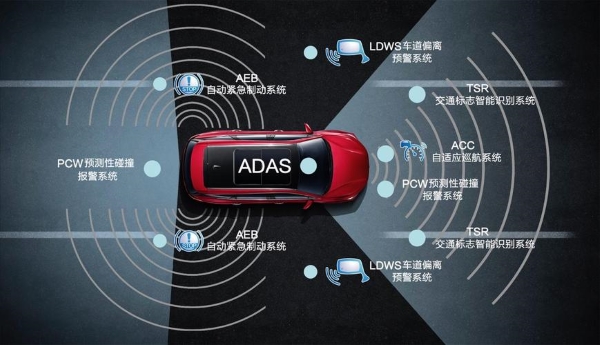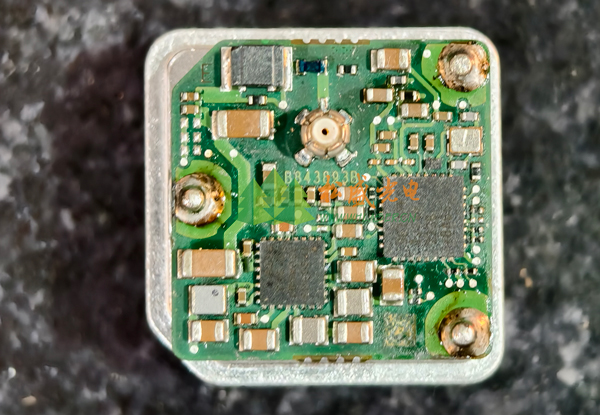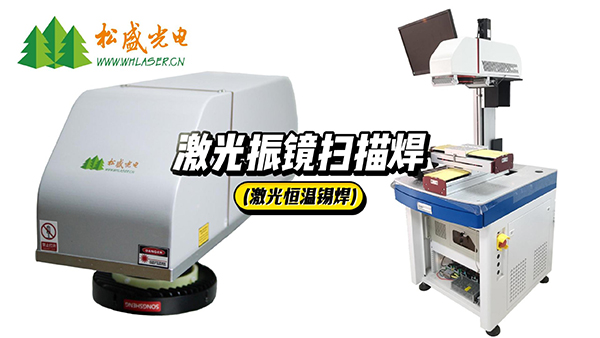Laser Galvanometer Scanning Technology Applied in Automotive Camera Modules
Automotive camera modules serve as the core visual sensors in intelligent driving systems, integrating optical imaging, photoelectric conversion, signal processing, and other modules to provide real-time environmental perception data for ADAS (Advanced Driver Assistance Systems) and autonomous driving. The application of laser galvanometer scanning soldering technology in automotive camera modules primarily focuses on microelectronic component interconnection, particularly in scenarios such as precision pin soldering and temperature-sensitive component assembly. Below, Songshang Optoelectronics will provide a systematic analysis of the technical principles, core advantages, process implementation, and typical applications:

Advanced Driver Assistance Systems (ADAS)
Technical Principle
Laser galvanometer soldering utilizes infrared laser (808–980nm) to precisely heat solder joints, combined with a high-speed galvanometer system to dynamically control the beam path, achieving non-contact soldering:
Solder Feeding Methods:
Solder Paste Printing: Pre-coating solder paste on PCB pads, followed by localized laser heating for reflow (suitable for high-density pins).
Thermal Control Mechanism:
Coaxial Temperature Feedback: An infrared temperature measurement module monitors solder joint temperature in real-time (±2°C accuracy) and dynamically adjusts laser power (e.g., JPT laser PID algorithm) to prevent thermal damage to sensitive components such as CMOS sensors.
Core Advantages (Compared to Traditional Soldering)
Micro-Pin Soldering: Laser spot diameter of 0.1–0.3mm supports 0.2mm pin spacing, eliminating physical interference from soldering iron tips.
Thermal-Sensitive Component Assembly: Localized heating (heat-affected zone <0.5mm) prevents FPC flexible board deformation and lens adhesive carbonization.
Typical Process Implementation Flow

Case Study: Soldering of Automotive Camera Sensor Pins
Pre-Treatment:
PCB pads are pre-coated with SAC305 lead-free solder paste (thickness: 80±10μm), and the sensor is mounted and secured.
Laser Soldering:
Path Planning: The galvanometer automatically generates a spiral scanning path based on the pin array (to prevent heat accumulation).
Parameter Control: Laser power 100–200W, dwell time 50–200ms (adjusted according to pad size).
Quality Assurance:
In-Line AOI Inspection: A 3D laser profilometer (e.g., KEYENCE LJ-V) measures solder joint height and wetting angle in real time, with defective joints automatically flagged.
Vibration Resistance Testing: Solder joints undergo random vibration testing at 5–2000Hz (compliant with ISO 16750-3 standard).
Songsheng Optoelectronics has developed an Integrated Constant-Temperature Galvanometer Coaxial Vision Scanning Soldering System in response to market demands, effectively addressing the challenges of precision soldering in microelectronics. This system significantly improves soldering yield and production efficiency in electronic manufacturing.
Featuring a multi-point coincident optical path system, its specially designed infrared lens ensures perfect alignment of laser focus, imaging, and infrared temperature measurement points at any working position—even when deviating from the lens center. This achieves true real-time temperature-controlled processing, setting a new benchmark for precision soldering technology.

Integrated Constant-Temperature Galvanometer Coaxial Vision Scanning Soldering System Schematic
Advantages of the Galvanometer Coaxial Vision Scanning Soldering System:
Coaxial Integration – Temperature measurement, imaging, laser processing, indicator alignment, and illumination are all coaxial, ensuring advanced laser optical performance.
Closed-Loop Temperature Control – Internal real-time feedback and PID robust laser power regulation guarantee the highest production yield.
Ultra-Fast Infrared Thermometry – Our infrared temperature sensor responds 1,000x faster than conventional thermometers, enabling superior welding quality.
Adjustable Beam Profile – The laser spot shape can be freely optimized to match different pad geometries, achieving uniform heating across complex layouts.
Telecentric Scanning Optics – Eliminates distortion issues common in standard F-theta lenses, ensuring consistent precision across the entire working area.
Diffraction-Limited Optical Design – Multi-element collimating and focusing lenses (vs. common single/doublet designs) deliver unmatched optical quality through proprietary multi-lens diffraction-optimized configurations.
Proprietary Multi-Channel Coaxial Technology – Seamless integration of laser, imaging, temperature sensing, and alignment beams into a single coaxial path
Application Conclusion:
This technology is particularly suited for micro-soldering applications in automotive camera modules, including sensor-BGA joints, FPC connectors, and shield grounding. By enhancing reliability, it provides critical process support for the miniaturization and weight reduction of ADAS systems.
Contact: Mr.Xiao
Phone: +86-13385280662
E-mail: market001@whlaser.cn
Add: Room 02, Floor 5, Building 9, Gezhouba Sun City, No. 40, Gaoxin 4th Road, Donghu New Technology Development Zone, Wuhan